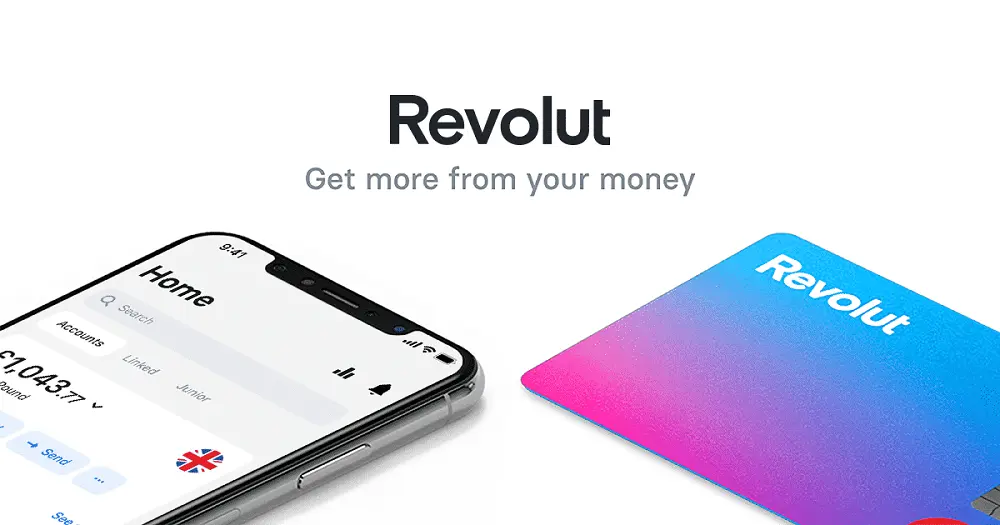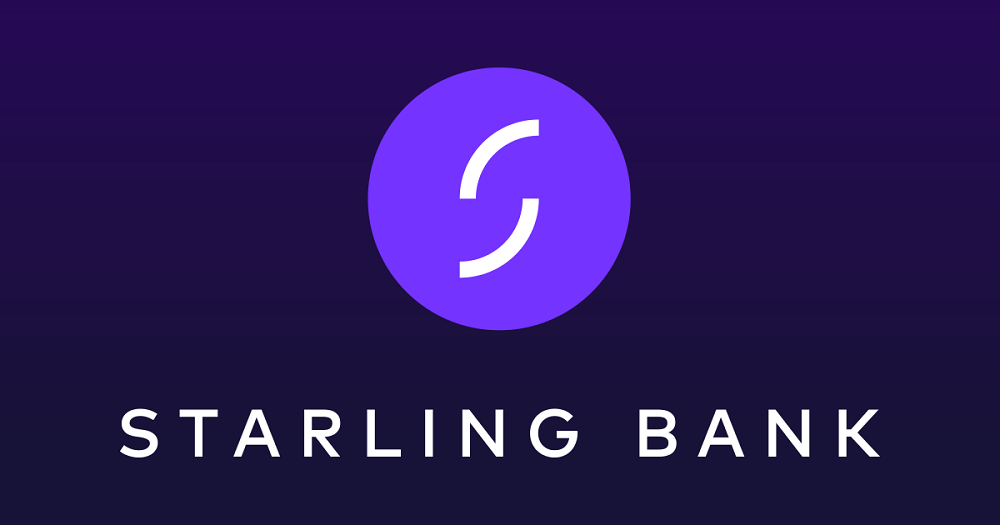A recent study shows that 38% of customers said they would switch financial institutions after just one data breach. That number shows how fragile trust can be in fintech. Insecure APIs, insider leaks, and other vulnerabilities put every layer of your app at risk.
In this post, we’ll covers the top security threats for fintech apps in 2026 and how leading companies protect their systems, stay compliant, and maintain customer trust.
Before you dive in, this is a quick checklist to help you assess your app’s security:
| # | Measures | What it covers |
|---|---|---|
| 1 | End-to-end encryption | Protects data in transit and at rest |
| 2 | Multi-factor authentication (MFA) | Prevents unauthorized access |
| 3 | Role-based access control (RBAC) | Limits internal data exposure |
| 4 | Secure API management | Reduces risk of data leaks via integrations |
| 5 | Regular penetration testing | Identifies and fixes vulnerabilities early |
| 6 | Strong customer authentication (SCA) | Ensures compliance and prevents fraud |
| 7 | Incident response plan | Enables quick containment and recovery |
| 8 | PCI DSS compliance | Meets global payment security standards |
| 9 | Continuous monitoring | Detects anomalies in real time |
| 10 | Secure CI/CD pipeline | Prevents vulnerabilities in software updates |
10 Common fintech app security threats
After understanding the significance of FinTech app security, we must have a deeper understanding of the threats to FinTech app security to ensure safety and protection for data in the application. Below are some of the common fintech app security threats:
1. Data breaches
Data breaches remain the top security threat for fintech apps. Attackers exploit weak points in APIs, databases, or authentication systems to steal sensitive user information such as account numbers, passwords, and transaction history. The consequences of data breaches can be severe, leading to identity theft, financial loss, and reputational damage for both the users and the financial institution.
In 2022, Revolut confirmed a breach affecting around 50,000 customers after attackers gained access through a social engineering campaign. The case highlights how even well-funded fintechs can suffer from security lapses if API endpoints or user identity systems aren’t tightly controlled.
2. Malware attacks
Malware, or malicious software, can be installed on a user’s device through various means, such as phishing attacks, visiting infected websites, or falling victim to social engineering tactics. Once installed, malware can steal sensitive data, disrupt operations, or even take control of the device, causing significant harm. Fintech apps are particularly attractive targets because they handle large financial flows and sensitive information.
Emotet malware resurged and targeted both financial institutions and individual users in March 2023. It spread through phishing emails and exploited security gaps in financial software, causing millions in losses.
3. Phishing attacks
Phishing attacks are deceptive attempts to trick users into revealing sensitive information such as login credentials or credit card numbers. These attacks often use deceptive emails, text messages, or even fake websites that appear to be legitimate. Users need to be vigilant and verify the authenticity of the communication to avoid falling victim to these attacks.
In 2024, over 200 DBS Bank customers in Singapore lost around S$446,000 (US$335,000) in a sophisticated phishing scam. Cybercriminals impersonated the bank through fake SMS messages, urging users to “verify their accounts” via malicious links that redirected to fraudulent websites. Once users entered their credentials and OTPs, attackers gained access to their bank accounts and transferred funds within minutes.
4. Man-in-the-Middle (MitM) attacks
Man-in-the-Middle (MitM) attacks occur when hackers intercept data exchanged between users and fintech servers, often through unsecured public Wi-Fi or compromised networks. Once in the middle, the attacker can steal login credentials, credit card numbers, change payment details, create fake login page, etc.
For fintech leaders, the damage goes beyond data theft. A single intercepted session can trigger fraud claims, customer churn, and mandatory breach disclosures that are costly to recover from.
5. Insider threats
Insider threats are security threats that originate from within an organization. These threats can be intentional, such as an employee stealing data, or unintentional, such as an employee accidentally exposing sensitive information. Regular audits, access controls, and employee training can help mitigate these threats.
IBM’s 2024 “Cost of Insider Threats” report found that 83% of organizations reported insider attacks in 2024, and it took them an average of 73 days to contain insider incidents. This is often due to poor access management or lack of employee monitoring.
6. API vulnerabilities
APIs are the interfaces that allow different applications to communicate with each other. Vulnerabilities in APIs can be exploited by attackers to gain unauthorized access to data or systems. Regular security audits and robust API security practices are essential to preventing these attacks.
In 2023, CircleCI reported incidents linked to exposed API tokens, proving how critical secure API design, rate limiting, and authentication are for fintech systems.
7. Third-party risks
Most fintech apps rely on third-party partners from cloud hosting to payment gateways. But when one of those partners has weak security, your app is at risk too.
Recent studies show that 78% of Europe’s top financial institutions have faced breaches caused by third parties, and over 40% of fintech firms were affected by vulnerabilities at external vendors.
That’s why it’s important for fintech app companies to thoroughly vet their third-party providers and ensure they follow stringent security practices.
8. Compliance failure
Fintech apps are subject to a variety of regulations, such as:
- PCI DSS (payment card industry data security standard): Protects credit card data and transaction security.
- GDPR (general data protection regulation): Safeguards EU customers’ personal data.
- PSD2 / open banking: Governs API security, secure authentication, and customer consent for financial data access in Europe.
- SOC 2 / ISO 27001: International standards ensuring strong internal controls and security practices.
Failure to comply with these regulations can result in hefty fines, reputational damage, and even criminal charges.
Revolut was fined €3.5 million by the Bank of Lithuania for weaknesses in monitoring customer relationships and transactions in 2024. This incident highlights how compliance gaps can quickly turn into regulatory action, a reminder that strong oversight is non-negotiable for fintechs.
9. Legacy systems
Many fintech platforms still run on legacy systems inherited from traditional banks. These old infrastructures weren’t built for today’s real-time payments or API-driven services, leaving serious security gaps.
Outdated encryption, unpatched software, and hardcoded credentials make them easy targets for attackers, and many fintech data breaches trace back to these weak spots.
For fintech leaders, technical debt is security debt. Modernizing systems and refactoring APIs are now essential to protect both uptime and customer trust.
10. Lack of security awareness
One of the biggest challenges in fintech security is a lack of awareness among users and employees. Users need to be aware of the risks of phishing attacks, malware, and other threats. Employees need to be trained in how to handle sensitive data securely, and participating in regular training and awareness programs can help address this issue.
In May 2024, Evolve Bank & Trust, a banking partner for multiple fintech firms, was hit by a major cyberattack in which hackers gained access to systems after an employee clicked a malicious link. The incident exposed personal data belonging to millions of users across multiple fintech apps that partnered with the bank, highlighting how human error and weak partner security can ripple into fintech ecosystems.
15+ Solutions to all the fintech app security challenges
Now, let’s shift our focus to the solutions for all the threats mentioned above. Here’s a quick overview table highlighting key measures to tackle these challenges.
| # | Threats | Solutions |
|---|---|---|
| 1 | Data breaches | Data encryption (AES, RSA) |
| Access control (RBAC, ABAC) | ||
| Regular security audits (pen testing, vulnerability scanning) | ||
| 2 | Malware attacks | Anti-malware software (endpoint protection, EDR) |
| Patch management | ||
| User education (phishing awareness training) | ||
| 3 | Phishing attacks | Multi-factor authentication (MFA) |
| Email security measures (DMARC, SPF) | ||
| Domain monitoring | ||
| 4 | Man-in-the-Middle (MitM) attacks | HTTPS encryption (TLS/SSL) |
| VPNs (secure remote access) | ||
| Certificate validation | ||
| 5 | Insider threats | Background checks |
| Least privilege | ||
| Data loss prevention (DLP) | ||
| 6 | API vulnerabilities | API security gateways |
| Regular API penetration testing | ||
| API Documentation | ||
| 7 | Third-party risks | Vendor risk assessments |
| 8 | Compliance failure | Implement a compliance management system (CMS) |
| 9 | Legacy systems | Develop a secure and efficient data migration |
| 10 | Lack of security awareness | Regular communication |
We’ve grouped the most impactful solutions into four key areas, which are Data protection, Identity security, Application security, and Operational resilience.
This framework also reflects how leading fintechs structure their defense, from securing sensitive data to building systems that can detect and recover from attacks quickly.
Here’s the solutions in detail.
Data protection & access control
Encryption standards like AES-256 or RSA ensure that even if data is intercepted, it remains unreadable. Meanwhile, role-based (RBAC) or attribute-based access control (ABAC) helps limit exposure, only the right people can see the right data. Regular penetration testing and vulnerability scans close any unseen gaps.
However, encryption adds computational overhead, and managing cryptographic keys can be complex. The key is to balance security with performance while aligning with compliance frameworks such as GDPR or PCI DSS.
Regular audits and clearly defined access policies not only reduce insider risks but also build customer trust through transparency and accountability.
Identity & authentication
Companies are adopting multi-factor authentication (MFA) and biometric logins to verify user identity beyond passwords. Protocols like TLS/SSL ensure data in transit can’t be intercepted, while email authentication standards (DMARC, SPF, DKIM) help prevent spoofing.
Still, technology alone isn’t enough because user awareness plays a huge role. Regular phishing simulations and employee security training dramatically lower this risk.
Application & API security
Deploy API gateways, conduct regular API penetration tests, and maintain clear documentation to avoid exposure. When working with cloud providers or payment processors, perform vendor risk assessments and require SOC 2 or ISO 27001 certification to ensure compliance.
Legacy components, if any, should be gradually phased out through secure data migration. Modernizing your infrastructure not only strengthens defense but also improves scalability.
Operational resilience
Tools like endpoint detection and response (EDR), regular patch management, and automated monitoring are essential for identifying threats in real time.
A well-defined incident response plan with clear roles, escalation paths, and post-mortem reviews will helps minimize downtime and prevent repeat incidents.
The goal isn’t just prevention but resilience, which is the ability to recover quickly and maintain user trust even when incidents occur.
These strategies are powerful on paper, but the real test lies in execution. In the next part, we’ll talk about how leading fintech companies have applied them to strengthen their systems and maintain customer trust.
- Suggested for you: How to hire fintech app developers
How leading companies protect their systems – 3 real world case studies
1. Revolut: Rebuilding trust after a breach
As mentioned, in 2024, Revolut was fined €3.5 million by the Bank of Lithuania for shortcomings in transaction monitoring and customer due diligence. These are key parts of AML compliance.
Since then, the company has rebuilt its compliance infrastructure from the ground up. They integrated AI-powered AML systems that automatically detect suspicious transaction patterns and flag anomalies in real time. They also expanded its risk and internal audit teams, ensuring closer supervision of onboarding, KYC checks, and payment flows across markets.
In addition, it rolled out centralized compliance dashboards that allow senior management to track potential red flags across all regions instantly. This shift reflects a broader mindset change: compliance is no longer seen as a cost center, but as a core part of customer trust and global scalability.

2. Stripe: Security built into every line of code
Stripe is widely regarded as a benchmark for fintech security, not because it never faces threats, but because it prepares for them by design. The company operates on a zero-trust security model, where every user, system, and request must be verified before gaining access. Its infrastructure is SOC 2–certified and continuously monitored to ensure compliance with global standards.
Every single code change at Stripe goes through automated static analysis and peer security reviews. Access control follows the “least privilege” principle, and all data, whether in storage or transit is fully encrypted using AES and TLS protocols.
Beyond technology, Stripe also runs a global bug bounty program, rewarding ethical hackers for finding vulnerabilities before attackers do.
Thanks to embedding security checks into each development phase, Stripe proves that built-in security controls reduce risks more effectively than reactive fixes.

3. Starling Bank: turning an AML setback into a strategic rebuild
In 2026, Starling Bank was fined £29 million by the UK’s Financial Conduct Authority (FCA) after a review found lapses in its anti–money laundering (AML) and financial crime prevention controls. Instead of downplaying the issue, Starling used it as a catalyst for change.
The bank launched a comprehensive compliance modernization program, upgrading its AML software to include real-time behavioral analytics that detect high-risk transactions faster. It also introduced automated customer risk scoring and enhanced onboarding verification, ensuring consistent KYC checks across all channels.
Internally, Starling conducted organization-wide training to strengthen awareness and accountability among its compliance and engineering teams. The company’s transformation highlights a vital lesson for all fintechs, especially those with legacy workflows: regulatory alignment must evolve alongside business innovation.

The 3 case studies show that even the most successful fintechs are never “done” with security, it’s a moving target. As threats evolve, so do the defenses.
If you want to apply the same security standards used by these leading fintechs, we can help you.
7 Emerging technologies and trends of fintech app security
To stay ahead, companies are now looking beyond traditional controls. They are exploring new technologies that can predict, prevent, and respond to attacks faster than ever.
1. AI-Driven security solutions
The landscape of threat detection and prevention is being transformed by machine learning and AI. Tools for automated anomaly detection, risk evaluation, and fraud forecasting are becoming indispensable in the fight against increasingly complex cyberattacks. These tools surpass traditional signature-based detection methods and can adjust to changing threats in real-time.
2. Biometric verification
Robust authentication is crucial for the protection of accounts and data. Biometric methods such as fingerprint, facial, and voice recognition provide a more secure and user-friendly alternative to passwords. When combined with AI, these methods can significantly decrease the vulnerabilities associated with weak or compromised passwords by improving accuracy and preventing spoofing.
3. Automated secure development lifecycle (SDLC)
The integration of security tools into CI/CD pipelines allows for early identification and remediation of vulnerabilities during the development process. Automated security testing, code analysis, and penetration testing become integral parts of the development workflow, reducing the likelihood of insecure code making it to production.
4. Cloud-based security services
Transitioning security infrastructure to the cloud provides scalability, flexibility, and access to advanced security tools like SIEM and threat intelligence platforms. This enables fintech companies to harness powerful security features without substantial initial investment or resource management.
5. Zero‑trust & third‑party security
Fintech apps increasingly rely on APIs, cloud services, payment processors, and KYC providers. Implementing a Zero‑Trust model, where every device, user, and integration is verified continuously will minimizes these risks. This approach ensures that even trusted fintech partners cannot become a backdoor for attackers, protecting sensitive financial data and maintaining customer trust.
6. Post‑quantum cryptography & crypto‑agility
Preparing for quantum computing threats is essential for long-term data security. Quantum-resistant encryption and crypto-agility (the ability to swap algorithms swiftly) ensure fintechs remain secure as computational power increases.
Although there are still other emerging trends in fintech that need to be considered, these 6 have the most immediate and significant implications for fintech app security in the coming year.
Conclusion
To sum up, fintech app security is a strategic priority, not just a technical requirement.
The most effective companies combine robust core protections which are encryption, MFA, API governance with emerging technologies like AI monitoring, biometrics, zero-trust for third-party integrations, and post-quantum encryption. They also integrate security into development workflows and decision-making, treating it as a continuous process rather than a one-time project.
For fintech leaders, the takeaway to is clear: proactive, structured security safeguards customer trust, ensures regulatory compliance, and positions the company for sustainable growth in 2026 and beyond.
How useful was this post?
Click on a star to rate it!
Average rating / 5. Vote count:
No votes so far! Be the first to rate this post.




